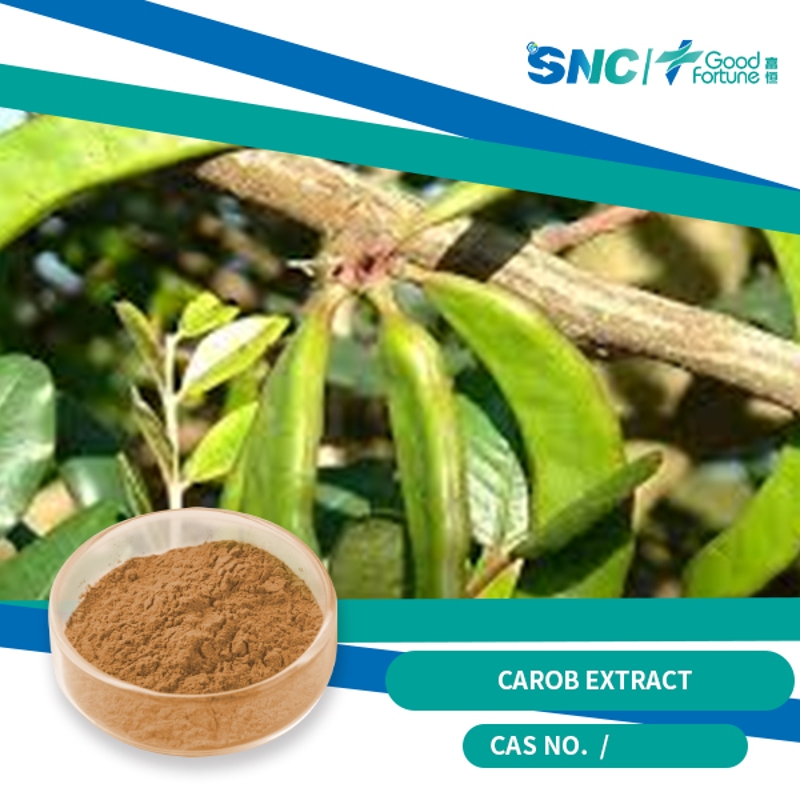Rye (Secale cereale)
-
Last Update: 2021-03-13
-
Source: Internet
-
Author: User
Search more information of high quality chemicals, good prices and reliable suppliers, visit
www.echemi.com
a year to cultivate grain. The stalks stand upright, divided into many, and the maturity period is different. The blades are flat in line. Spiked flowers are slender. Small spike contains
3
to
5
flowers, single born in each section of the spike axis
; Chi; male
3
, with elongating flower silk and flower medicine; female column head exposed, exotic pollination; Ying fruit narrow round, hazel, groove, mature and internal and externalseparation.Rye can be made into rye flour, rich in nutrition, containing starch, fat and
protein
,
vitamin
B
and phosphorus, potassium, etc. , because of poor protein elasticity often mixed with wheat to make black bread, can also be used to make oil, raising livestock. Straw is also used for hats and papermaking. But rye houses are more susceptible to erythrobacteria, which form toxic wheat horns.There are 12 species
rye
, distributed in the temperly cold zone of Eurasia. Cultivated rye may have evolved from wild mountain rye and other species, with hardy, drought-resistant and barren properties. Its distribution range can be as high as 48 degrees north latitude
to
to 49
degrees
north latitude. The Soviet Union had the largest area of rye cultivation, accounting for
45
% of the world's rye production, followed by Germany, Poland, France, Spain, Austria, Denmark, the United States, Argentina and Canada. China is less, distributed in Heilongjiang, Inner Mongolia and Qinghai, Tibet and other high-cold areas and high-altitude mountains.The kinship between rye and wheat is relatively close, and easy to form intergenerational hybrids, has now been six times the wheat and
2
times the rye hybrid success, bred into the octopus small rye genus, which is in the wheat heterogeneous multi-species on the basis of continuous development, access to cold resistance, disease resistance, spike and many other good economic conditions.
This article is an English version of an article which is originally in the Chinese language on echemi.com and is provided for information purposes only.
This website makes no representation or warranty of any kind, either expressed or implied, as to the accuracy, completeness ownership or reliability of
the article or any translations thereof. If you have any concerns or complaints relating to the article, please send an email, providing a detailed
description of the concern or complaint, to
service@echemi.com. A staff member will contact you within 5 working days. Once verified, infringing content
will be removed immediately.







